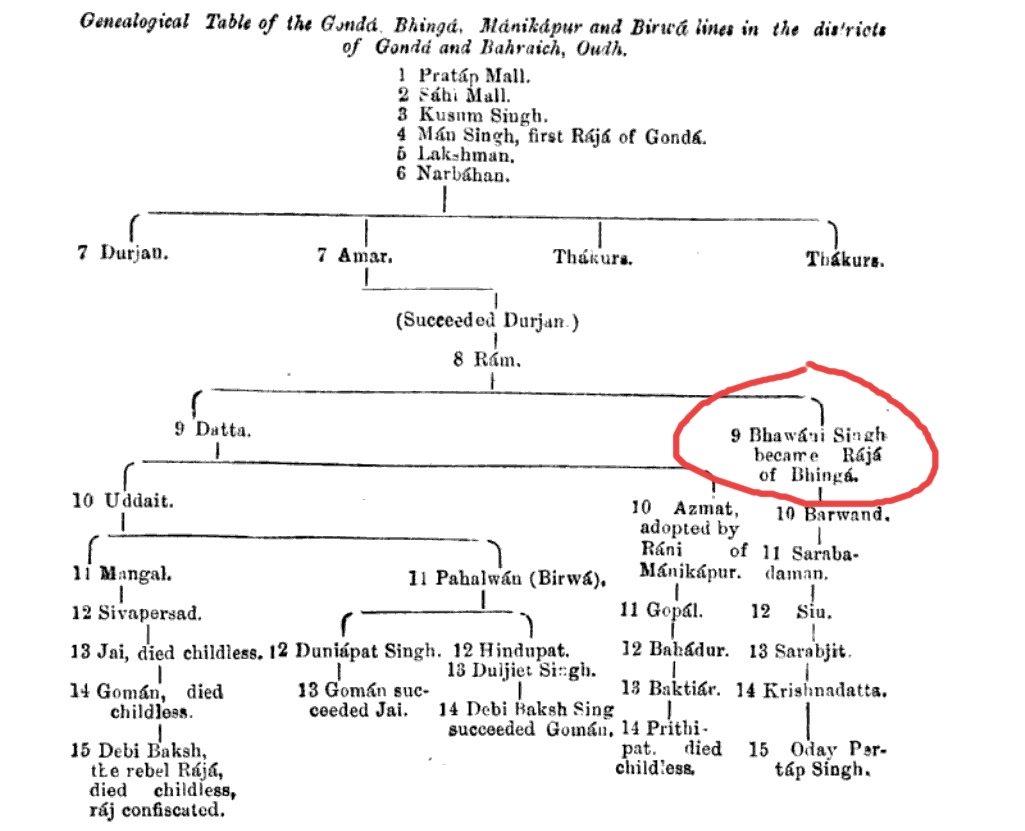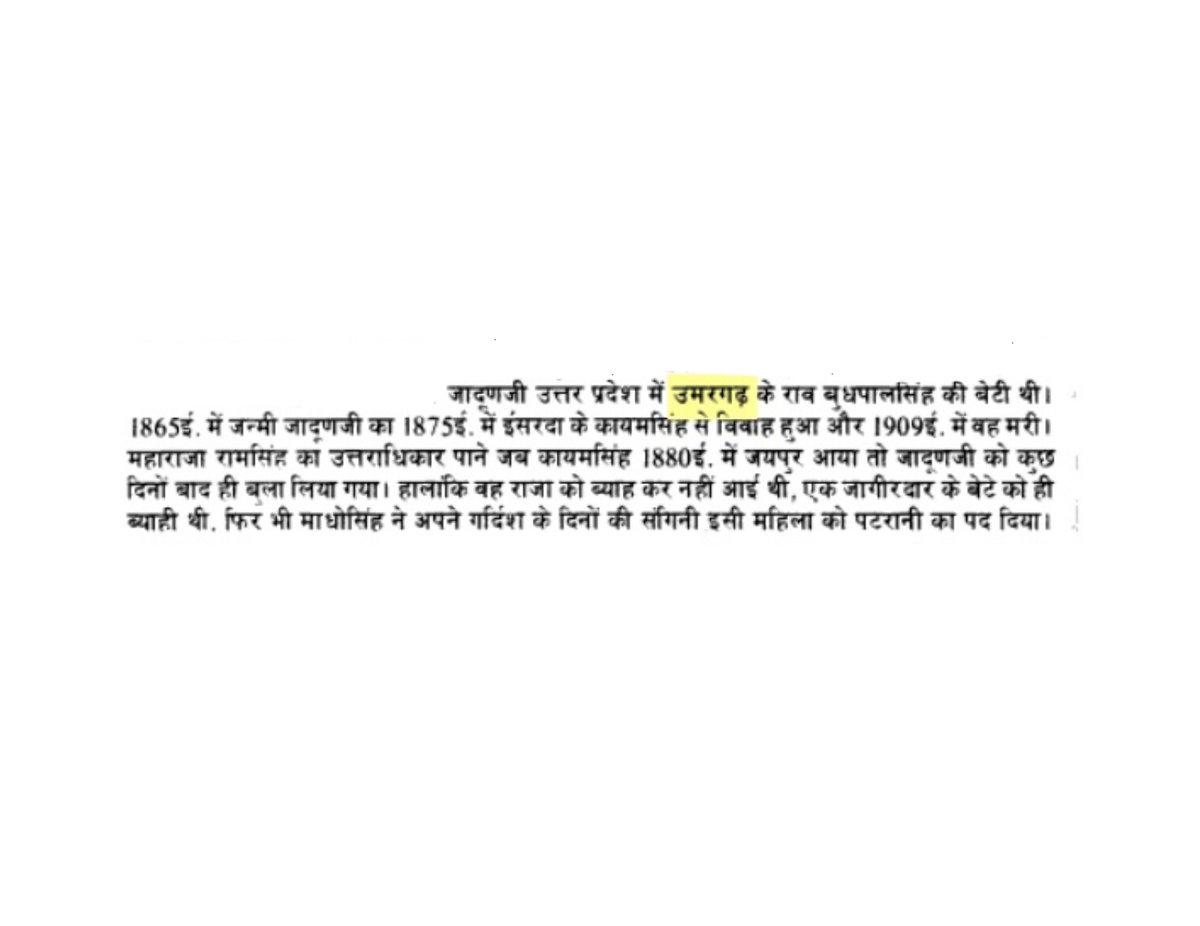"Shall the flesh survive when the soul is gone?"
It is indeed worthy of praise that there is still a tribe of warriors with their love stories, sagas of Chivalry and songs of Sacrifice always resounding in immortality.
1 of 16
It is indeed worthy of praise that there is still a tribe of warriors with their love stories, sagas of Chivalry and songs of Sacrifice always resounding in immortality.
1 of 16

Jauhar/ Johar, is performed by the womenfolk of a noble race (Mainly Rajputs) in order to save their chastity and dignity from getting corrupted by barbaric hordes.
2 of 16
2 of 16
Can the people, portraying it as a cruelty on women, even imagine the misery of the husbands/ fathers/brothers who used to accompany their womenfolk to the Jauhar Kund, bidding one last goodbye, one last smile, one last hug, one last word?
3 of 16
3 of 16
Of course, it is easy for them to question the ethics of the martial community, questioning their competence and making it a whole issue of cruelty on women like forcing them into fire, but they can never understand the Honour possessed by those women.
4 of 16
4 of 16
The incident, when Rani Karnavati of Mewar herself led the womenfolk to Jauhar Kund, when Bahadur Shah attacked Chittor.
One of the descriptions of Jauhar is given below, reciting the name of Hari, the glorious Rajput women jumped into the Jauhar fire.
5 of 16
One of the descriptions of Jauhar is given below, reciting the name of Hari, the glorious Rajput women jumped into the Jauhar fire.
5 of 16

Now the question arises that the practice of Self-immolation or Honour Sμicide is practised only among their least favourite community of Rajputs?
Perhaps No,
The Samurai ritual of Seppuku (abdomen slicing) among men and jigai (throat slicing) among women,...+
6 of 16
Perhaps No,
The Samurai ritual of Seppuku (abdomen slicing) among men and jigai (throat slicing) among women,...+
6 of 16

...were very much prevalent in mediaeval Japan where Samurais or the gentlewomen used to voluntarily commit suicide by the named means.
7 of 16
7 of 16
One of the great Chronicler John of Joinville mentions about a plea by Louis IX's pregnant wife that a knight should kill her if the Saracens took Damietta after Louis' defeat at Mansurah.
8 of 16
8 of 16
In a 'Journal of Psychological Medicine and Mental Pathology' (1858), an incident was mentioned where an Englishman and his wife were defending a tower but fate seemed against them, the Englishman slays her wife for the sake of her, like what "Rajput would have done".
9 of 16
9 of 16

Another incident of a Brave war tribe of Bracari, which was conquered by Decimus Junius Brutus.
Appian mentions about the women of the tribe, when taken as prisoners killed themselves and their Children, preferring "death with honor".
10 of 16
Appian mentions about the women of the tribe, when taken as prisoners killed themselves and their Children, preferring "death with honor".
10 of 16

The idea of a noble woman whose love is stronger than death is an ancient one.
When Seneca was ordered to die, his wife refused to outlive him and immediately cut her wrists.
11 of 16
When Seneca was ordered to die, his wife refused to outlive him and immediately cut her wrists.
11 of 16
Views of Smt. Sarojini Naidu on Jauhar.
Yet she was the flag bearer of Women Empowerment. She formed the Women's Indian Association (WIA) too and demanded equality and voting rights for women.
12 of 16
Yet she was the flag bearer of Women Empowerment. She formed the Women's Indian Association (WIA) too and demanded equality and voting rights for women.
12 of 16

You want to know why "dignified races" take those steps?
It's simple: for the safety and honor of women and daughters.
13 of 16
It's simple: for the safety and honor of women and daughters.
13 of 16
You may pick any texts/chronicles/ scriptures about any civilization during any timeline, the striving and the appetite of human nature is summed up in "Honour, Dignity and immortality".
Human evolution took us where? Here, where wokellectuals vomit shit?
14 of 16
Human evolution took us where? Here, where wokellectuals vomit shit?
14 of 16
In the words of Agamben,"Death is the 'sacrifice' that makes one human, instead of suffering inhumanity at the hands of the Other".
If men become heroes, fighting dying for honor & women, so do women by escaping r*pe, by escaping dishonoring their race...
15 of 16
If men become heroes, fighting dying for honor & women, so do women by escaping r*pe, by escaping dishonoring their race...
15 of 16
and thus the result, how and why those blessed souls are still revered by humankind.
The incidents of choosing death in such a way might be tragic for some, but losing one's dignity was worse.
16 of 16
The incidents of choosing death in such a way might be tragic for some, but losing one's dignity was worse.
16 of 16
The cool dude folks should understand the difference between Sati and Jauhar. Sati was done alone with the body of the husband whereas Jauhar was a practice in which the Rajputs bid farewell before committing Saka.
(Additional tweet, 1 of 2)
(Additional tweet, 1 of 2)
The historicity of practice of widow immolation can be debatable, but according to Oldenburg (a popularly cited source), Sati was the modification of the Rajput practice of Jauhar by Brahmins of NW.
(Additional Tweet, 2 of 2)
(Additional Tweet, 2 of 2)

• • •
Missing some Tweet in this thread? You can try to
force a refresh

 Read on Twitter
Read on Twitter











